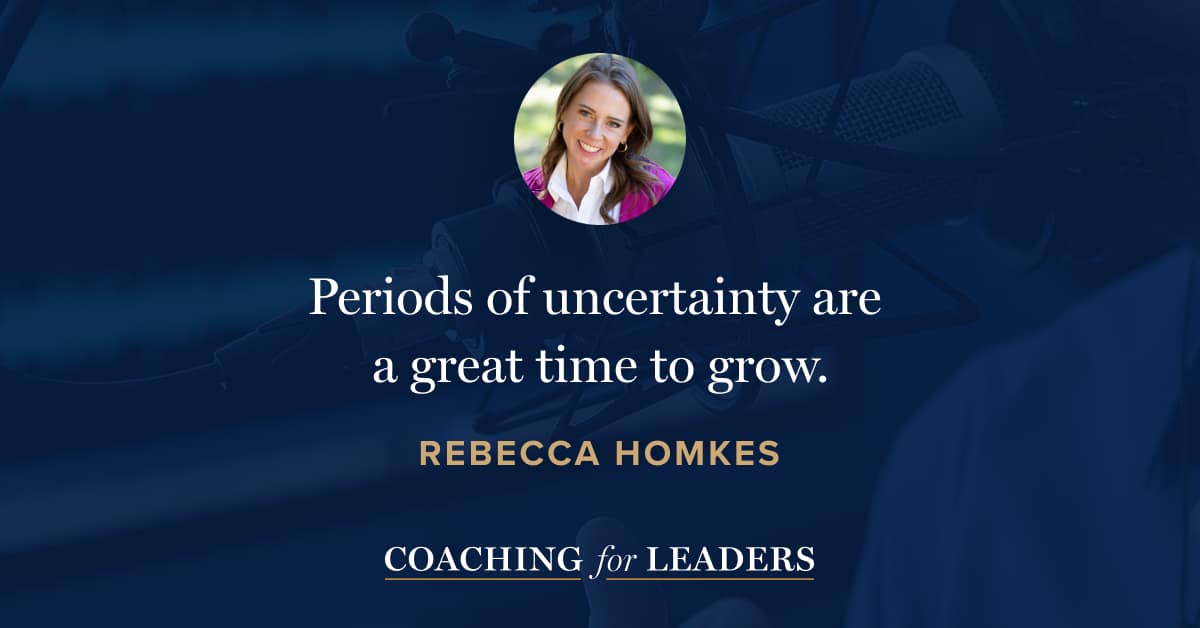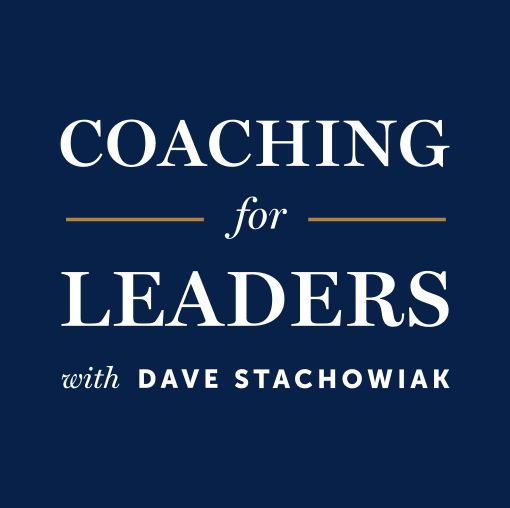Rebecca Homkes: Survive, Reset, Thrive
Rebecca Homkes is a high-growth strategy specialist and CEO and executive advisor. She is a Lecturer at the London Business School, Faculty at Duke Corporate Executive Education, and Advisor and Faculty at the Boston Consulting Group focused on AI and Climate and Sustainability. She is the author of Survive, Reset, Thrive: Leading Breakthrough Growth Strategy in Volatile Times*.
Uncertainty seems to be more and more the norm. Sometimes, that leads an organization into survival mode. If that’s where you are now, this conversation is the roadmap for what to do next.
Key Points
- We default to the assumption that uncertainty is unequivocally bad.
- Executives are often overconfident in their ability to predict the future and get tied into patterns that reward following the plan.
- We tend to adopt the first explanation we hear that makes sense instead of examining our beliefs.
- Make good decisions even when you cannot make good predictions.
- Avoid attempting to predict the end state. Stop planning and start preparing.
- People are often most honest when in survival mode, opening up opportunity for learning and growth.
- Ask these two questions: What could break us? What could make us?
Resources Mentioned
Interview Notes
Download my interview notes in PDF format (free membership required).
Related Episodes
- The Way to Make Better Decisions, with Annie Duke (episode 499)
- Help Your Team Embrace Growth Mindset, with Eduardo Briceño (episode 644)
- How to Handle High-Pressure Situations, with Dan Dworkis (episode 701)
Discover More
Activate your free membership for full access to the entire library of interviews since 2011, searchable by topic. To accelerate your learning, uncover more inside Coaching for Leaders Plus.





